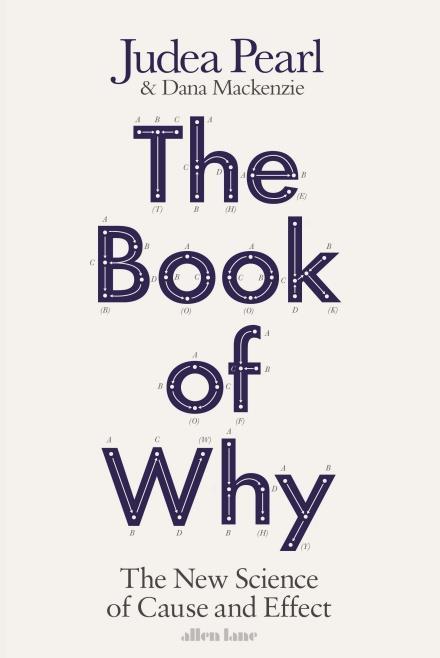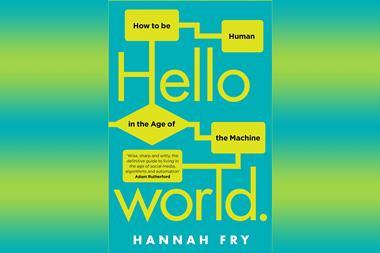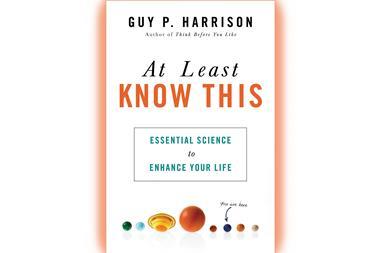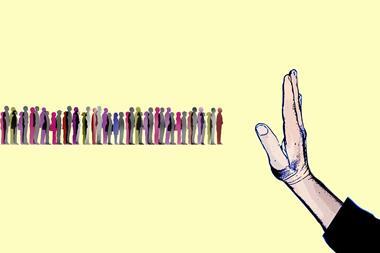Judea Pearl and Dana Mackenzie
Allen Lane
2018 | 342pp | £25
ISBN 9780241242636
Buy this book from Amazon.co.uk

‘Correlation is not causation.’ How many times did you hear that phrase during your undergraduate degree? How many times have you repeated it to students and colleagues since? If your experience was anything like mine, sit back and prepare to be scandalised as Judea Pearl and Dana Mackenzie flip the old adage on its head to reveal how causality – the study of cause and effect – has effectively killed the old taboo on causation and established it as a legitimate scientific tool for answering the question ‘why?’
Artificial intelligence pioneer Pearl and science writer Mackenzie manage to deliver on a tough brief. Pearl’s voice comes across with gusto and wit, while Mackenzie’s hand guides the narrative flow. The first few chapters introduce the reader to the calculus of causation – those less passionate about equations than Pearl may be put off by the mathematical notation, but I encourage you to keep reading and engage with Pearl’s metaphor of ‘the ladder of causation’, which provides a central framework for navigating the ideas in this book.
The latter chapters delve deep into philosophy and the future of AI, demonstrating how causality allows us to explore ‘counterfactuals’, or what could have been. How would the world be different had certain events not occurred? This ability to look backwards and conceive of alternative scenarios lies, Pearl argues, at the root of our humanity, and at the heart of a revolution in AI. Whether or not the reader agrees with Pearl’s vision for the future of intelligent systems, they will come away equipped with an understanding of exactly what answers big data can and cannot answer – notably, that ‘causal questions can never be answered from the data alone’.
This is not a book to dip into at a whim. It requires concentration, and a studious effort to work through the mind-bending statistical problems posited in the text. However, it’s well worth the mental gymnastics, as the authors explain how causality allows us to answer trivial questions (was it rain or a sprinkler that made the pavement wet?) as well as hard ones (did a new drug cure the patient’s illness?). This book is a must for any serious student of philosophy of science, and should be required reading for any first-year undergraduate statistics class.












No comments yet